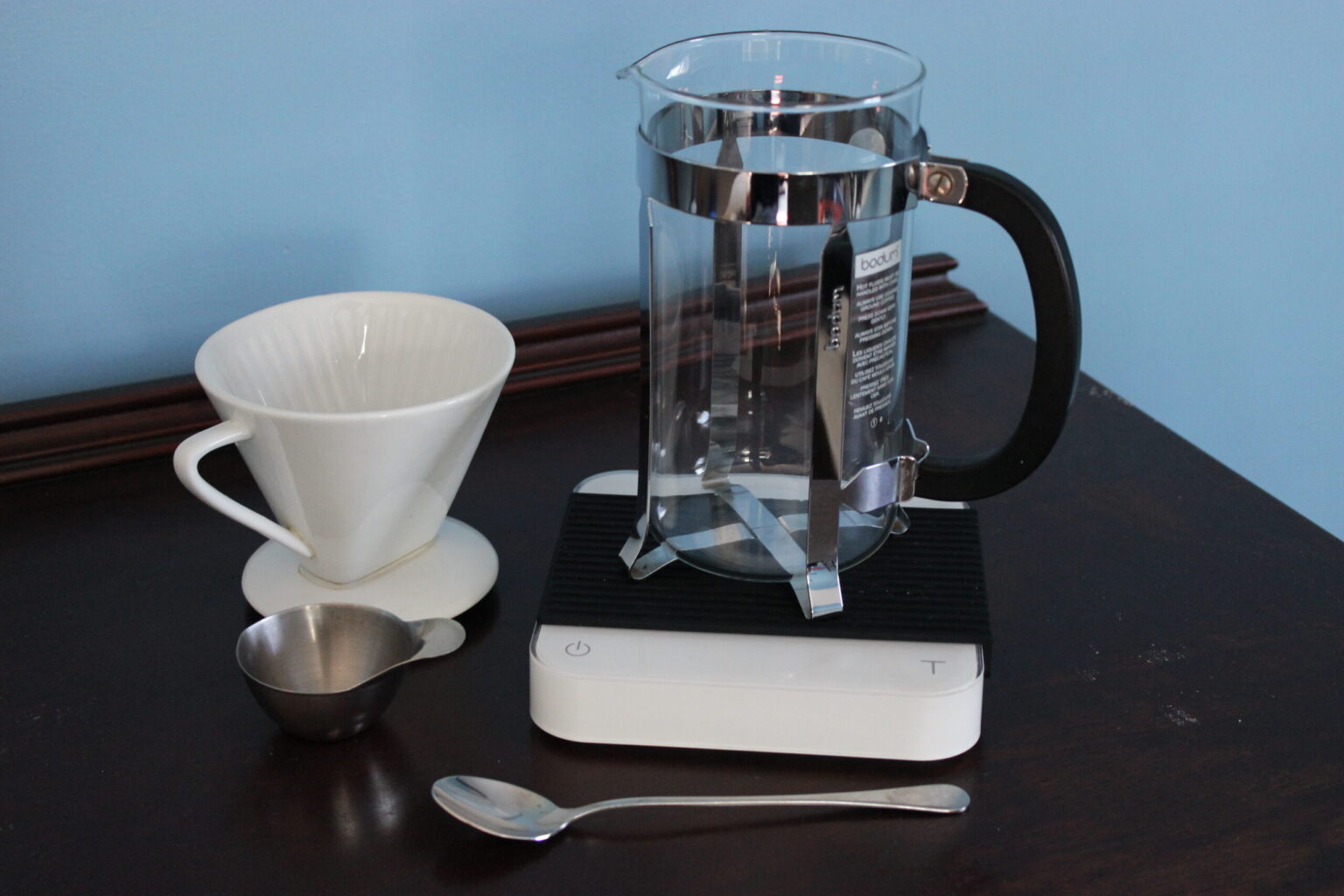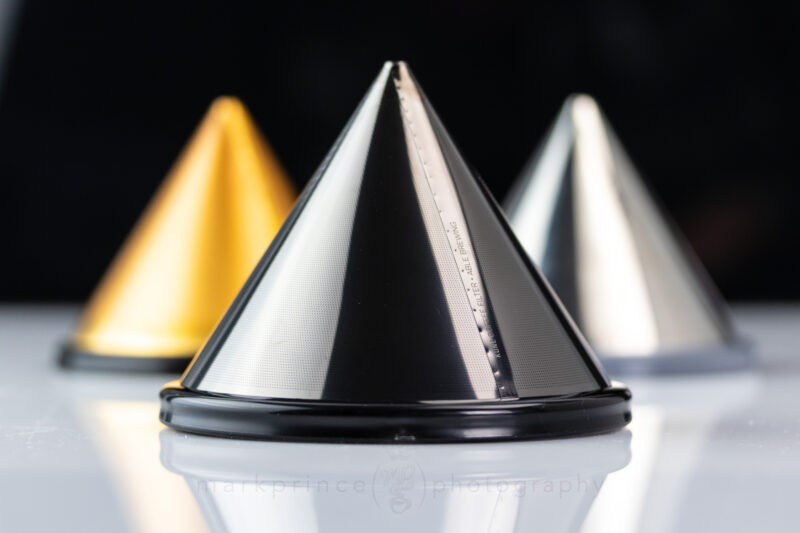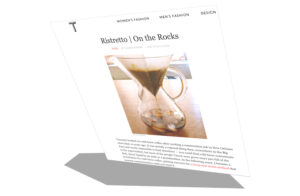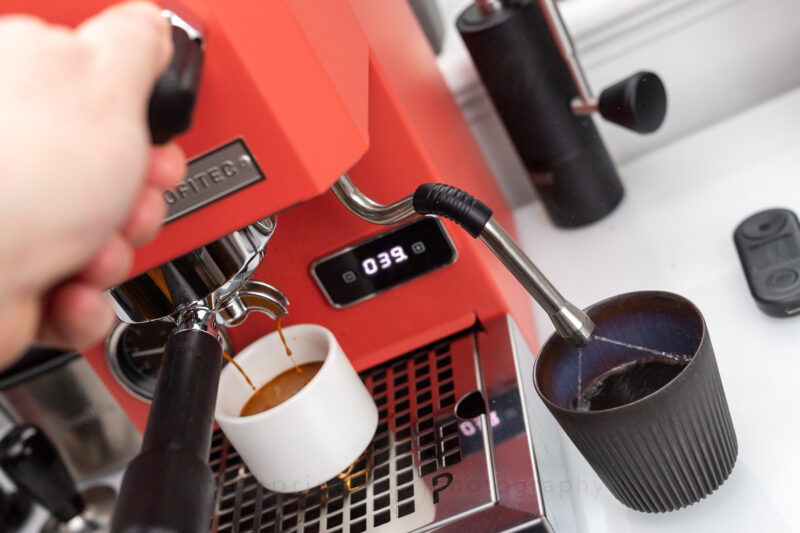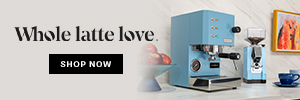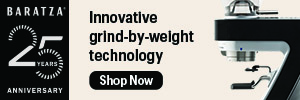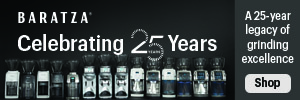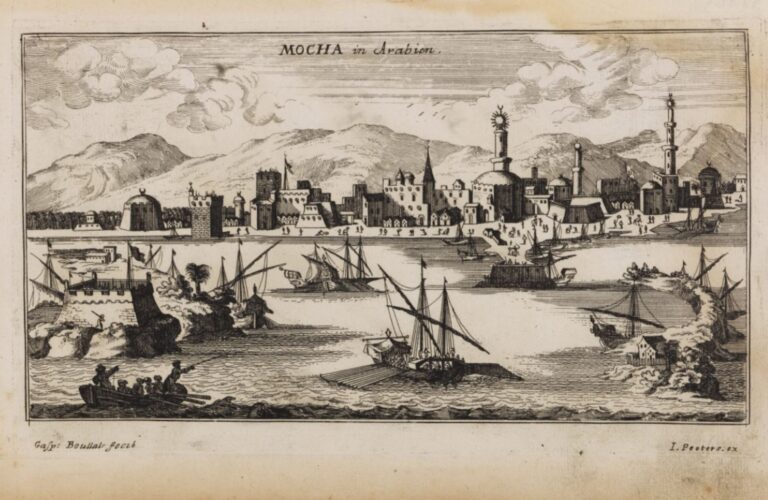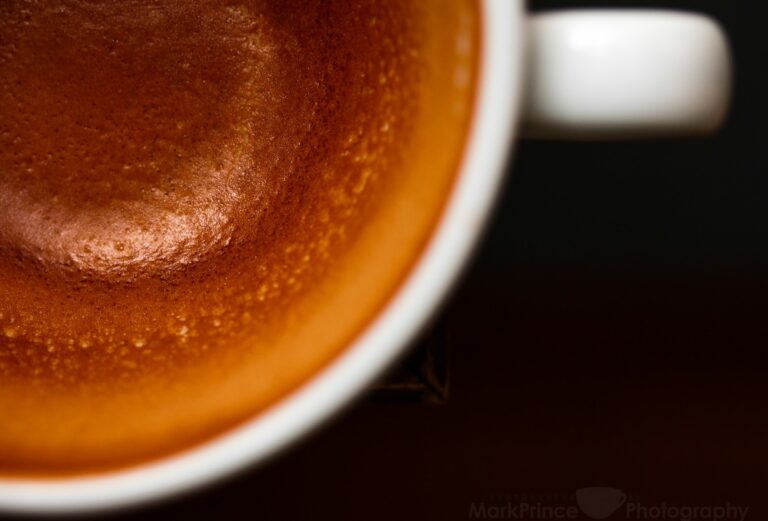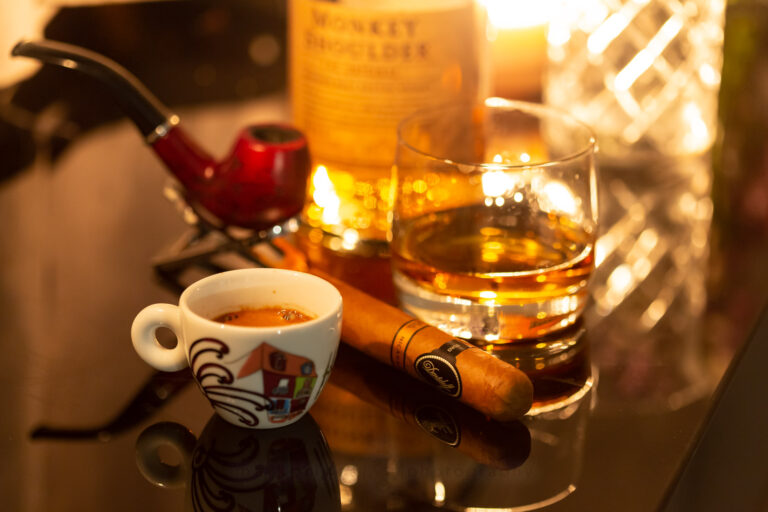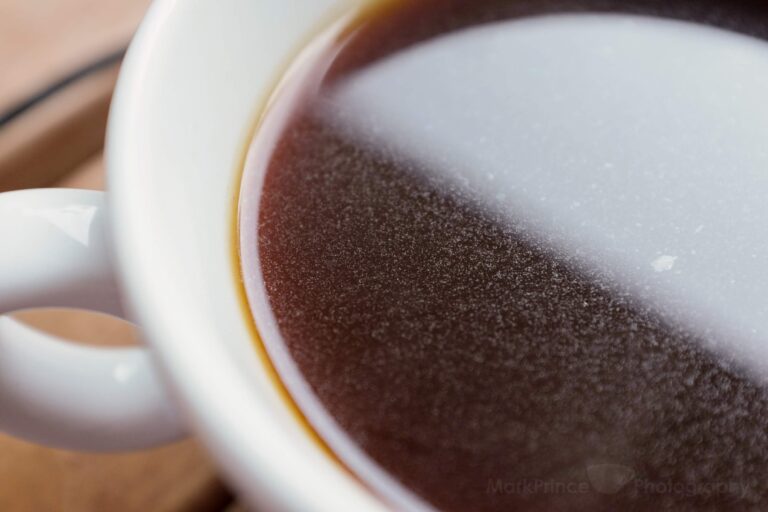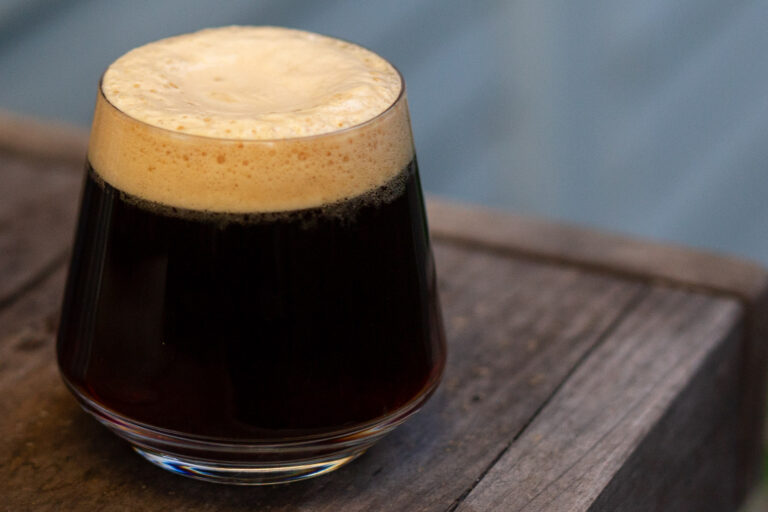Pour overs are an industry standard and offer some great theatrics, but the results can be limited by technique and equipment. Immersion brewing with a French Press has the benefit of removing a majority of the technical aspects that can go wrong in a brew. It’s hard to incorrectly add all the brew water to the grounds all at once, although I’m sure I’ve messed that up from time to time.
Pour overs offer unparalleled clarity and brightness, but results can vary considerably even for seasoned brewers. In contrast, the French Press, like all immersion brewers, is brilliantly consistent. Unfortunately, this can come at the price of dullness, and sometimes grittiness, in the cup. Why hasn’t someone combined these two brewing methods to produce more consistent and stunningly clear coffee? Well, in 2009, CoffeeGeek’s Mark Prince began exactly that.
Advanced Press Pot Techniques
Prince’s combination of French Press and pour over brewing was developed through forum discussions at CoffeeGeek.com just over ten years ago. These borrowed in part from experiments Tim Wendelboe was conducting to sample coffee as a modified form of cupping. Prince’s final, heavily modified version of the process took coarser ground coffee steeped in a French Press for 3.5 minutes. The crust of coffee grounds is then removed from the top of the carafe with spoons, similar to cupping. This mechanically adds a level of filtration, and the results are cleaner and brighter than a traditional French Press Brew. Here’s the original CoffeeGeek video from 2009:
Polished Immersion Brewing
Later in 2015, Intelligentsia Coffee’s Sarah Anderson developed this process in her 2015 US Brewers Cup winning routine. She steeped the coarsely ground coffee for 4-5 minutes in French Press carafes and skimmed the crust, as Prince did. After this, the coffee was run through cone filter brewers with a slow pour to ensure that most grounds were left behind. This “polished immersion brewing” consistently produced bright and award-winning coffees. Here’s a link to a 2015 article from Coffee Daily Coffee News describing Anderson’s technique.
Polished immersion brewing is similar to what is achieved with the Clever Dripper, which first appeared in the early 2000s. These are wedge-shaped brewers with a stopper mechanism that allows it to behave both as an immersion brewer and a pour over. All the brewing water is added and the coffee is allowed to steep. When this is done, the brewer is placed on top of a carafe and the draw down begins. This brewer does not allow for the ground skimming done in Anderson’s method, but it the two processes are obviously cut from the same cloth.
The Brewing Process
I do a version of polished immersion brewing that is a bit more in line with the Clever Dripper. I don’t skim the grounds from the top of the carafe, and I use a grind closer to that of a standard pour over. Additionally, I typically steep the grounds for only 2 minutes in the carafe and then transfer to a cone for filtering. The goal is a 3.5 – 4 minute total brew time.
I like to use this method if I’m struggling to dial in a coffee. For example, if I have a juice bomb Kenya that I don’t think is living up to its potential, I’ll do a polished immersion brew just to see if some flaw in my technique is standing in the way of the coffee’s brightness. This is also a great strategy for checking the potential of individual aspects of more complex coffees. Have a Rwanda that’s giving you plenty of cola and spice flavors, but you wonder if there is more dark berry to be had in the cup? A polished immersion brew is a reliable and quick way to check it out.
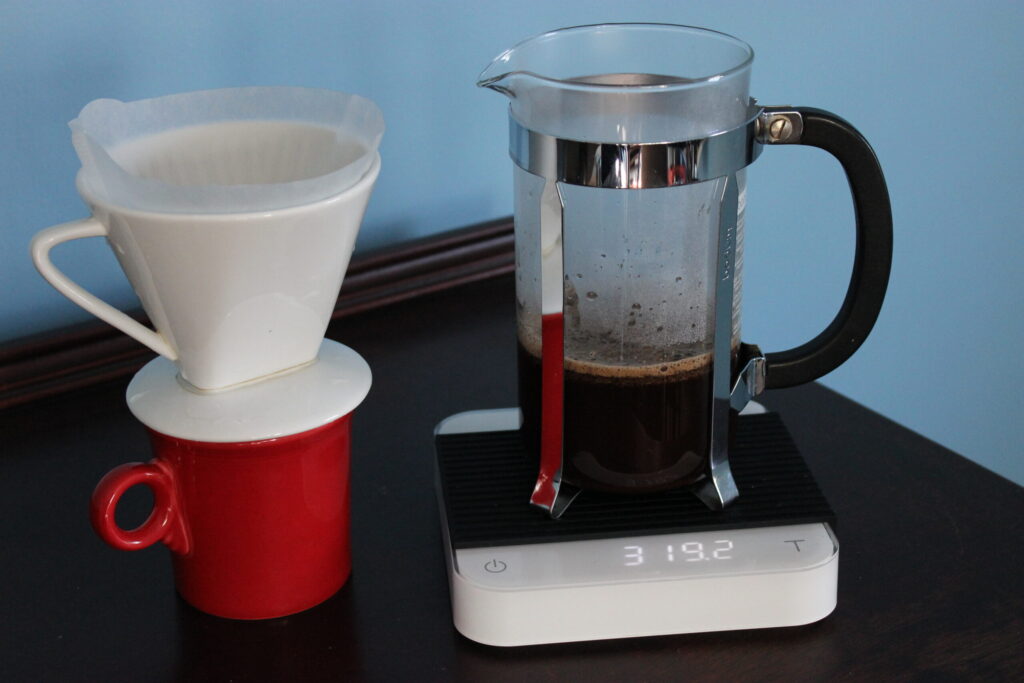
-
Step 1
Warm 8-cup French Press carafe and rinse wedge brewer filter.
-
Step 2
Weigh 20 grams of coffee ground coffee with the grind fineness between pour over and French Press
-
Step 3
Add 300 grams of water that is 210F to start.
-
Step 4
Steep the coffee for approximately 2 minutes.
-
Step 5
Decant into a wedge brewer for filtration and run directly into your serving cup.
-
Step 6
Your total brew time should be no longer than 4 minutes.
My go to ratio is usual 15:1, but I have been opening this up a lot lately, and I tried it here, as well. 16:1 and 17:1 produced great results, and I would recommend playing around with this until you find a match for your tastes.
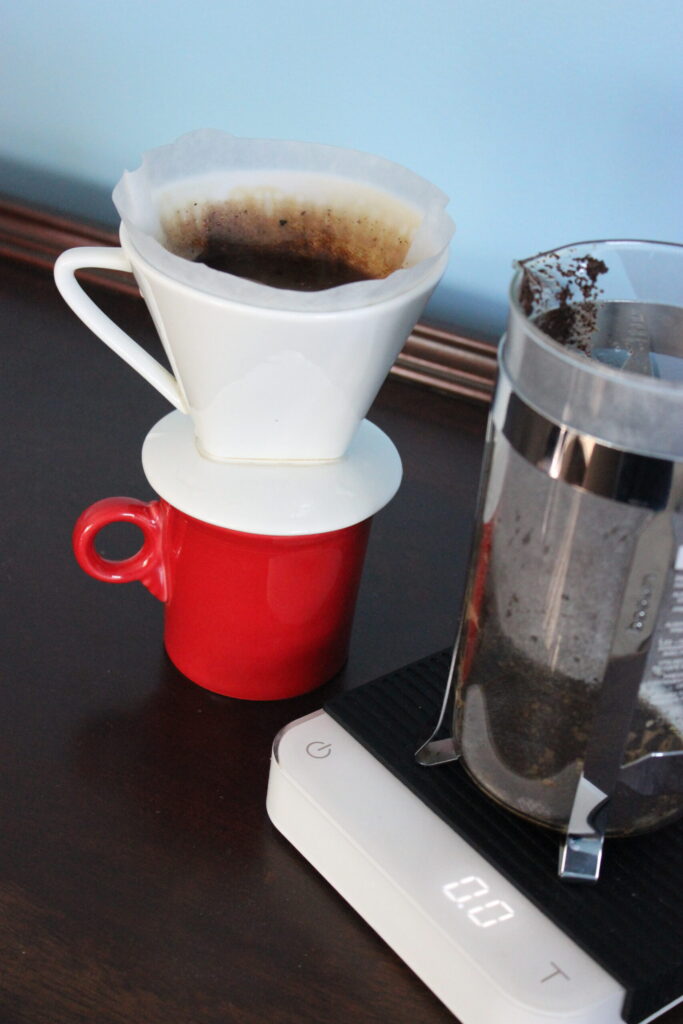
Polished Immersion Brewing is a great way to keep your French Press in the equipment rotation, particularly when you suspect that you are having issues on the operator side of your gear. The French Press is usually one of the first brewers we get when becoming serious about coffee, and the the charm of its simple elegance is undeniable. Seeing it on the counter, for whatever purpose, always reminds me of those first joyful experiments. This is an easy process to better the results in your cup, and it’s a really cool example of CoffeeGeek’s place in the history of coffee technique development.

